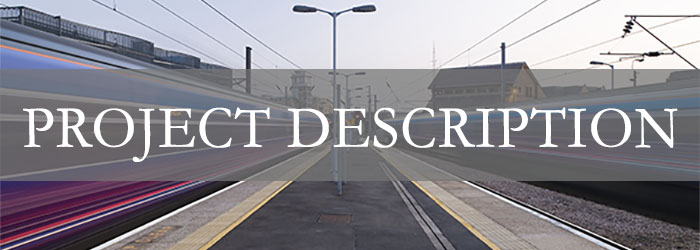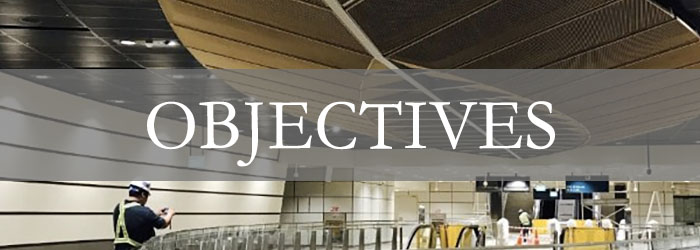Difference between revisions of "ANLY482 AY2017-18T2 Group02 Project Overview"
| Line 45: | Line 45: | ||
</p> | </p> | ||
<p> | <p> | ||
| − | 1. Identifying design features that have high probability for re-design | + | 1. Identifying design features that have high probability for re-design in rail design |
</p> | </p> | ||
<p> | <p> | ||
| Line 56: | Line 56: | ||
<p> | <p> | ||
| − | In order for data modelling to attempt to reach the heights of acting as a true supplement or even replacement for engineering design, it’s necessary to achieve predictive accuracy sufficient to meet the stringent standards of safety. The model must be nuanced enough to predict design parameters for a wide range of components meant to function under diverse geological conditions, while having levels of buffer to observe safety standards. | + | In order for data modelling to attempt to reach the heights of acting as a true supplement or even replacement for engineering design, it’s necessary to achieve predictive accuracy sufficient to meet the stringent standards of safety. The model must be nuanced enough to predict design parameters for a wide range of components meant to function under diverse geological conditions, while having adequate levels of buffer to observe safety standards. |
</p> | </p> | ||
<p> | <p> | ||
| Line 62: | Line 62: | ||
</p> | </p> | ||
<p> | <p> | ||
| − | + | We aim to survey several possible predictive approaches, and identify models with high probability of success at modelling for rail engineering design. In order to achieve this while keeping expectations reasonable, we target a level of prediction that is statistically significant, i.e. distinguishable from random guesses. | |
</p> | </p> | ||
<p> | <p> | ||
| Line 68: | Line 68: | ||
</p> | </p> | ||
<p> | <p> | ||
| − | Given the limited data size, our expected outcomes are unlikely | + | Given the limited data size, our expected outcomes are unlikely to be operationalized in actual engineering design. However, we plan to commit to laying a good foundation for further work in predictive analysis for rail tunnel engineering. |
</p> | </p> | ||
Revision as of 21:36, 14 January 2018
| Home | Project Overview | Findings & Insights | Documentation | Reflection | Back to project list |
Arup Singapore Pte Ltd is an engineering consultancy firm. Starting from 2008, Arup was involved in the alignment planning and design of the Downtown Line phase 3. Prior to construction, Arup has put in extensive efforts to design the train stations and tunnelling, accounting for geological and surrounding building data.
Arup's design philosophy involves design across multiple phases. At the end of each phase, Arup will consult with contractors to determine differences in recorded data and readjust their design accordingly. However, many such projects are on a case-by-case basis and learning from each experience is not documented.
With the recent opening of the Downtown line to public, it is timely to review the as-built plans and explain the differences from the prediction stage. This will help Arup close the loop from the planning phase to the end result. Findings from the project will be valuable for Arup when engaging on similar engineering projects in the future, including the upcoming Thomson-East Coast Line.
Key Objectives
There are 2 key objectives:
1. Identifying design features that have high probability for re-design in rail design
2. Building a predictive model to assist engineers in rail design planning and to serve as an error catching tool
Predictive Analytics
In order for data modelling to attempt to reach the heights of acting as a true supplement or even replacement for engineering design, it’s necessary to achieve predictive accuracy sufficient to meet the stringent standards of safety. The model must be nuanced enough to predict design parameters for a wide range of components meant to function under diverse geological conditions, while having adequate levels of buffer to observe safety standards.
Expected Outcomes
We aim to survey several possible predictive approaches, and identify models with high probability of success at modelling for rail engineering design. In order to achieve this while keeping expectations reasonable, we target a level of prediction that is statistically significant, i.e. distinguishable from random guesses.
Planned Deliverables
Given the limited data size, our expected outcomes are unlikely to be operationalized in actual engineering design. However, we plan to commit to laying a good foundation for further work in predictive analysis for rail tunnel engineering.
Supervisor: Prof. Kam Tin Seong
Sponsor: Arup Singapore Pte. Ltd - Chris Deakin: Rail Leader, Digital Engineering Leader
Students: Friedemann & Josh


